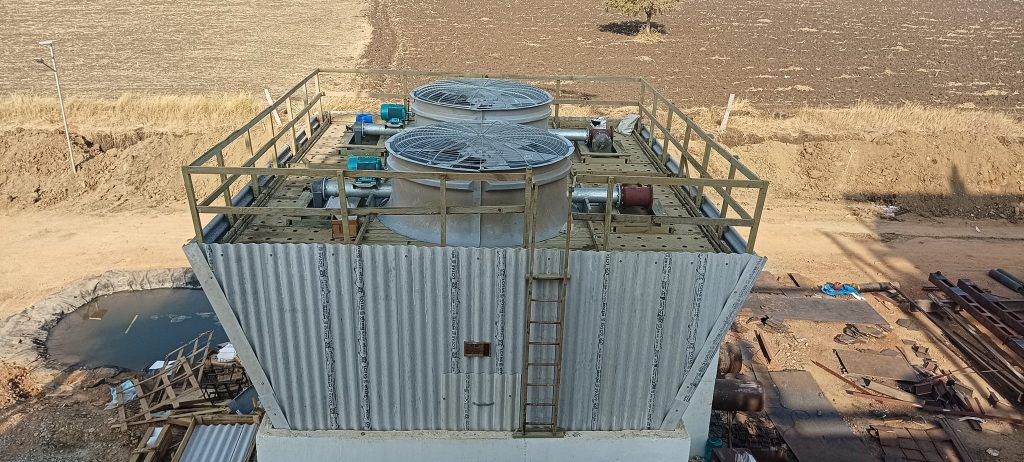In wooden cooling towers, splash bars are typically made from naturally durable, rot-resistant wood or (in modern retrofits) alternative materials. Here’s a detailed breakdown of the types used:
1. Traditional Wooden Splash Bars
(Most Common in Legacy Towers)
Materials:
- Redwood (Sequoia sempervirens)
- Why? Naturally resistant to decay, insects, and water absorption.
- Lifespan: 20–30 years with maintenance.
- Western Red Cedar (Thuja plicata)
- Why? Lightweight and contains natural oils that repel moisture.
- Lifespan: 15–25 years.
- Cypress (Cupressus spp.)
- Why? Performs well in humid climates.
- Lifespan: 15–20 years.
- Treated Southern Yellow Pine (Pressure-treated with ACQ/CCA)
- Why? Low-cost alternative but requires chemical preservatives.
- Lifespan: 10–15 years (shorter than redwood/cedar).
Design:
- Shape: Flat or slightly curved slats (1″–2″ thick, 3″–6″ wide).
- Arrangement: Stacked in grids or lattice patterns to maximize water breakup.
Pros:
Cons:
. Modern Retrofit Splash Bars
(Used to Replace Worn-Out Wooden Bars)
Materials:
- PVC (Polyvinyl Chloride)
- Why? Immune to rot, lightweight, and low-maintenance.
- Lifespan: 15–20 years.
- PP (Polypropylene)
- Why? Chemical-resistant for harsh water conditions.
- Lifespan: 20+ years.
- Stainless Steel (Rare)
- Why? Used in extreme chemical environments.
- Lifespan: 25+ years.
Design:
- Shape: Molded plastic grids or corrugated sheets.
- Advantage: Higher thermal efficiency than wood.
Pros:
Cons:
3. Hybrid Splash Bars
- Wood + Plastic Composites:
- Example: Wood core with PVC coating.
- Balances natural durability with modern efficiency.
Comparison: Wood vs. Modern Splash Bars
| Feature | Wooden Splash Bars | PVC/PP Splash Bars |
| Material | Redwood, cedar, treated pine | Plastic (PVC/PP) |
| Lifespan | 15–30 years (with upkeep) | 15–25 years (maintenance-free) |
| Efficiency | Moderate (droplet-based) | High (film-enhanced) |
| Maintenance | High (wood rot, algae) | Low (just cleaning) |
| Cost | Lower upfront | Higher initial cost |
| Eco-Friendliness |
Key Takeaways
- Traditional wooden towers use redwood or cedar splash bars for natural durability.
- Modern upgrades often replace wood with PVC/PP bars for better efficiency and less maintenance.
Treated pine is a budget option but has a shorter lifespan
